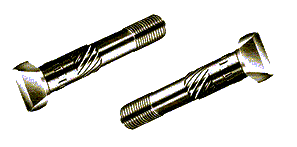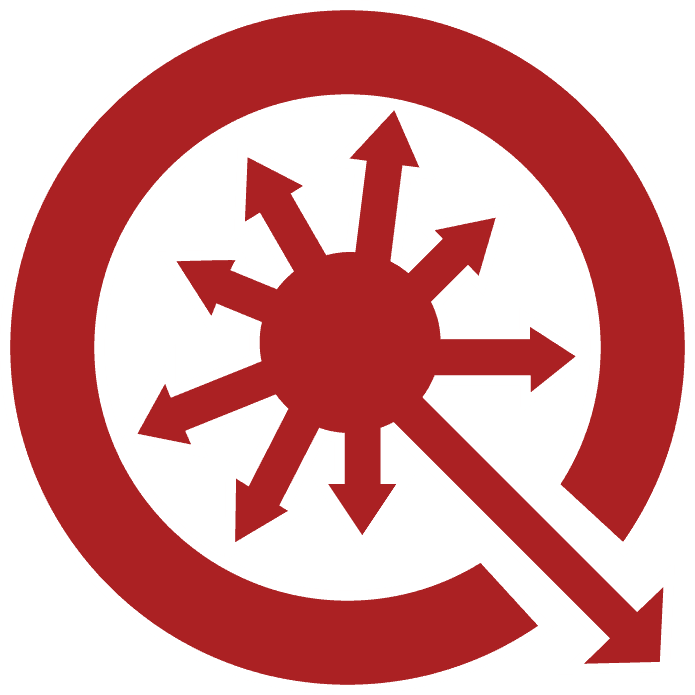Helpful tip for reconditioning the Con Rod
 This Tech Tip, The Nuts and Bolts of Con Rod Reconditioning, is one of an ongoing series of Foley Tech Tips that we publish. We hope that the information provided will be helpful to you.
This Tech Tip, The Nuts and Bolts of Con Rod Reconditioning, is one of an ongoing series of Foley Tech Tips that we publish. We hope that the information provided will be helpful to you.
People sometimes ask our Dr. Diesel™ “What’s the big deal with the emphasis at Foley Engines on connecting rod reconditioning?” After all, they say, some engine rebuilders just put the old con rods back in when rebuilding engines. We feel strongly that rods used in marine and industrial applications should always be reconditioned using new fasteners. That’s why our Foley Engine kits contain new piston pins, new rod bushings, and new rod bolts and nuts.
Reconditioning Rods
Round bores, concentric bores, and straight rods. The goal should be to assemble the engine with connecting rods that have been checked for straightness, twist, and original center-to-center specifications. In smaller 4 and 6-cylinder diesel engines, the rods should be machined back to original specs with no more than .002¼ of bend and .004¼ of twist in the rod. A rod with too much bend will limit oil clearances from one side to the other and possibly lock up the engine at the pin end or thrust on the crankshaft. If reconditioning a connecting rod you may use a rod cap grinder and remove approximately .002¼ from both the rod and the cap. When the rod and cap are reassembled and torqued, there will be about .003¼ to hone out of the big end using a Sunnen rod hone. A con rod that can not be brought back to factory specs (dead nuts as an automotive machinist would say) should be discarded. The risk of damaging the engine block is too great and brand new rods are very relatively inexpensive.
Rod Bolts
Let’s take rod bolts next. People ask us why we stress the importance of using new connecting rod nuts and bolts in a Deutz or Perkins engine. They note that we put new con rod fasteners into all of our Foley Engine overhaul parts kits. Simply put, your old rod bolts and nuts have stretched over millions of engine cycles. You can even prove that by measuring rod bolt length with a micrometer or a specialty gauge that is fitted with a dial indicator. Both BHJ Products (510 797 6780) and Goodson Shop Supplies (800 533 8010) have rod bolt stretch gauges. The maximum stretch from the relaxed length to the length of the bolt when installed and torqued to value should be no more than .006¼ Rather than buying a gauge and measuring your old bolts you can replace them easily and cheaply with new ones. When an old rod bolt fatigues and stretches, bad things can happen. The rod no longer is at a consistent height with the other rods, the bolt is not at peak strength, the big end is no longer round, and soon the engine will throw the rod creating a window in your block.
Piston Pins and Bushings
People also ask us what the big deal is about installing new piston pin bushings and new piston pins. Sure, you could cheat and use the old ones, but in a compression firing diesel engine, the length of the rod and the strength of the rod-to-piston connection are critical. We think that re-using the old pins and bushings saves a little now to potentially cost you a great deal later. Take it from the diesel remanufacturing industry, always install new small end bushings and pin fit your con rods. Take a look at Foley Tech Tip # 6 for more info on handy tips on how to install rod bushings. Finally, piston pins are also very important. They of course connect the rod to the piston. If a piston pin lets go, you now have a nice gouge in the wall of your engine’s liner or even block. We’ve learned better over the last century (we were founded in 1916!) and ship new piston pins with all of our kits. Do you deserve anything less?




